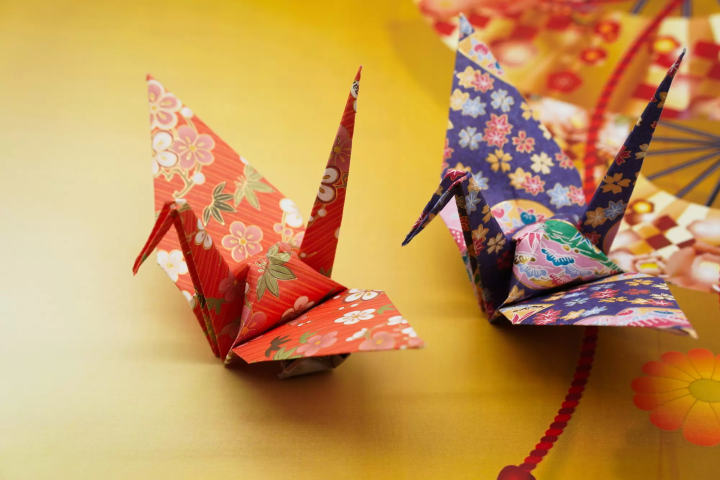Traditional Japanese Lamps: Tell Toro, Andon, And Chochin Apart

Japan has a great variety of traditional lanterns, many of which you can still see around town today. How do you tell them apart?
Before gas and electricity, the Japanese used candles and fires fueled by oil as their main sources of light. Various types of lanterns such as the toro, andon, and chochin were used during these times.
When visitors look at the nighttime scenery of Japan, aside from the modern neon-lighting, there are also traditional lamps that visitors immediately think "I am in Japan" when they see them. In this article, we would like to introduce the differences between these very similar pieces of lighting equipment.
Toro

Photo by Pixta
Toro were used outdoors primarily, and are the equivalent of what we now call street-lights. The word 'toro' means 'basket of light' , and as the name suggests, it is built by partially closing off the area around the candle to prevent it from going out. They are made from several different materials including metal and wood, while those built of stone are known as ishi-toro. These are often found around temples, so you will probably see many of them while sightseeing.
Andon

Photo by Pixta
While toro are used outdoors, andon are used mainly indoors. These lanterns work either with candles or from wicks, or cloths soaked in oil. Due to their indoor usage, they are usually made from a light type of wood, and paper is usually used to protect the fire from breezes. Andon that are small enough to be placed next to your pillow are known as ariake-andon.
Chochin

While it is covered in paper like andon, the chochin evolved to be carried around by hand initially. It is very light, and has handles on top. As they are easy to carry, chochin are also quite easy to flatten out when not in use. In modern times, they are often seen hanging at the entrance of Japanese-style "izakayas". These are sometimes called aka-chochin.
These different types of lanterns may have fallen out of use in recent times, but can still be found in tourist hotspots and at Japanese-style establishments. When you come to Japan, keep your eyes open for them. They're one more thing to look forward to on a late-night walk through town.
This is the official account of MATCHA's editorial department. Our articles feature useful travel information for visitors to Japan, from how-to guides to recommended places to visit.
































![[2026] Top 5 Strawberry Picking Spots in Tokushima, Naruto| Farms and Access Guide for January to May](https://resources.matcha-jp.com/resize/720x2000/2025/03/06-227165.webp)


